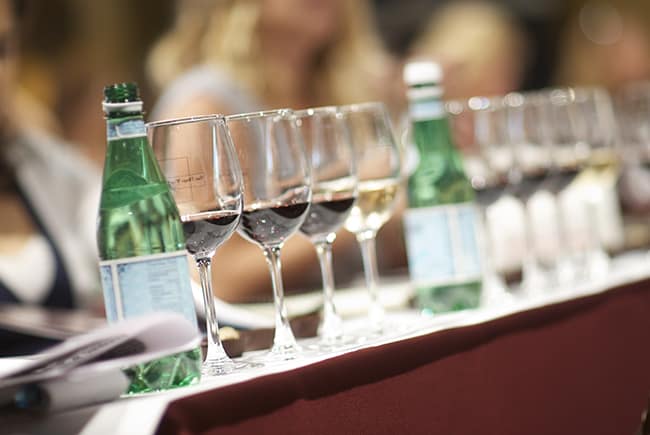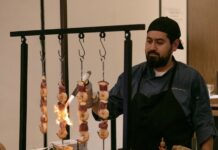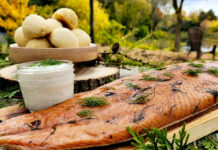
Sharron Campbell of Planning Helper readily shares her 30 years of meeting planning expertise with the industry, including these 10 cost cutting tips:
1. Think: Water! In many areas bottled water has skyrocketed in price to $4 or more per bottle. This price may be negotiable, so discuss it with your caterer. Better yet, drop bottled water from your menus completely and serve water from pitchers instead. It will reduce or eliminate the cost for water and the need to recycle plastic bottles. For informal or outdoor gatherings, water coolers would be a better option if recyclable plastic cups are used.
2. Coffee, too. Request that coffee be served in smaller cups. If that is not possible, request that a less expensive coffee be served. Order by the half gallon with more frequent refills so you pay for what is needed rather than paying for full gallons that may not be consumed.
3. Use the “mixed” method when selecting menus. For example, for a Continental breakfast order the least expensive, bare bones option offered, then add yogurt and small, boxed cereals to be charged based on consumption rather than on a per-person basis.
4. Ask for suggestions from the chef about seasonal food items that are currently available in the region at a lower cost. The quality will be better and the ingredients fresher than if you order something out-of-season that has to be shipped from greater distances.
5. Ask the chef or your caterer about other groups they will be serving within a day or two of your event. You may be able to choose a menu using the same food items that could then be ordered in bulk at a significant savings.
6. Consider serving plated meals. Buffets can be more expensive. Or, if you go for a buffet, serve from fewer chafing dishes. If four different items are served in four chafing dishes, people will typically take two items from each chafing dish for a total of eight pieces. If five different items are served from five chafing dishes, guests will take ten pieces instead of eight from four.
7. Try “Action” food stations. These can be more cost effective because portions served will be smaller. You will have to pay for a station attendant, but the cost will be less than what you will pay if guests are able to serve themselves.
8. Inquire about purchasing your alcoholic beverages from “dead stock” at a lower price. This means that the F&B Department or caterer will pull from stock left over from another group rather than ordering new stock with additional shipping and delivery charges.
9. Define the different levels of liquor that can be served. Specify your choices, such as house, call, well, premium, top shelf. Caterers may use different terminology, but “house” is usually the least expensive and “top shelf” the most expensive.
10. Watch the wine. If table wine is to be served with a meal, place only one wine glass on the table and schedule wine to be served after the salad plates have been cleared.











